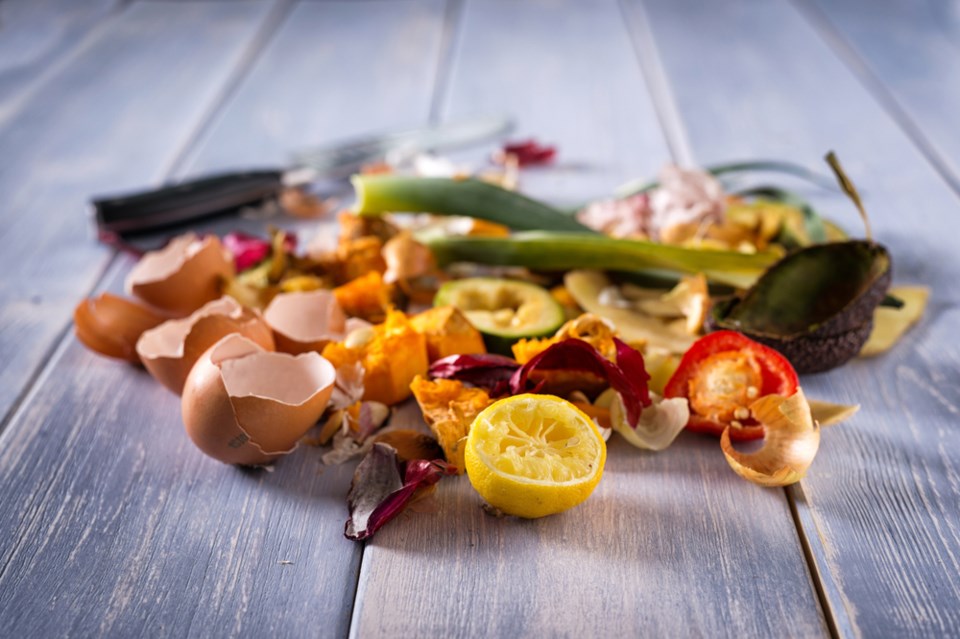For those who have ever wondered about the ins and outs of composting, a recent lecture at the Public Library by Jenna Drinnan answered some of the most common questions asked by those getting into the practice.
“Composting is forgiving,” said Drinnan, as she was explaining her routine. She recommended backyard composting as the easiest type of composting for most households, and offered a number of pointers to get started.
The first step is to choose a bin, as compost is more efficient if contained rather than left in an open pile. Drinnan noted that bins called Earth Machines are available to citizens of Moose Jaw at City Hall for $25 plus tax from the engineering department, and are easy to use.
It’s also viable to build a compost bin of your own; wood or plastic, it doesn’t change how the decomposing process functions. Most anything will work, and some people even set up two bins: one for old compost, and one to add new material to.
The next step is to choose the location; compost decays at a much quicker rate if exposed to regular sunlight, although convenience — in regards to how far you’re willing to carry kitchen scraps and how close to your garden you’d like it to be — certainly plays a factor.
Drinnan noted that it’s important to maintain a balance of “greens” and “browns” in your bin, to keep things running smoothly. Greens are nitrogen-rich organic materials like kitchen scraps, plant material, coffee grounds and so on. Browns are carbon-rich materials, like dried leaves, wood chips, eggshells, and even pet hair.
Keeping a balance and aerating the pile often — which is as simple as just poking into the centre to make airways — can ensure the decomposing material doesn’t smell or stall out. Keeping it moist, like a wrung-out sponge, also keeps the process going.
Drinnan noted that composting is, of course, beneficial for gardeners seeking to return valuable nutrients to their soil each year, but she also noted that composting is helpful for landfill waste reduction as well.
Compostable materials in landfills go through what Drinnan called anaerobic composting, which means they decay without the presence of oxygen and produce methane gas — very harmful to the atmosphere. Compost bins, however, go through aerobic composting because they are given oxygen during the process.
Though it may seem like a lot of work, Drinnan explained that it doesn’t have to be; she keeps her kitchen scraps in a pail under her sink and takes them to her bin twice a week. She also keeps a bin by her back door for the winter, so she can collect scraps even in the bitter cold.
A healthy compost bin shouldn’t smell or attract animals and is an easy way to help with landfill space, as Drinnan said around 35% of a household’s garbage is compostable material.




